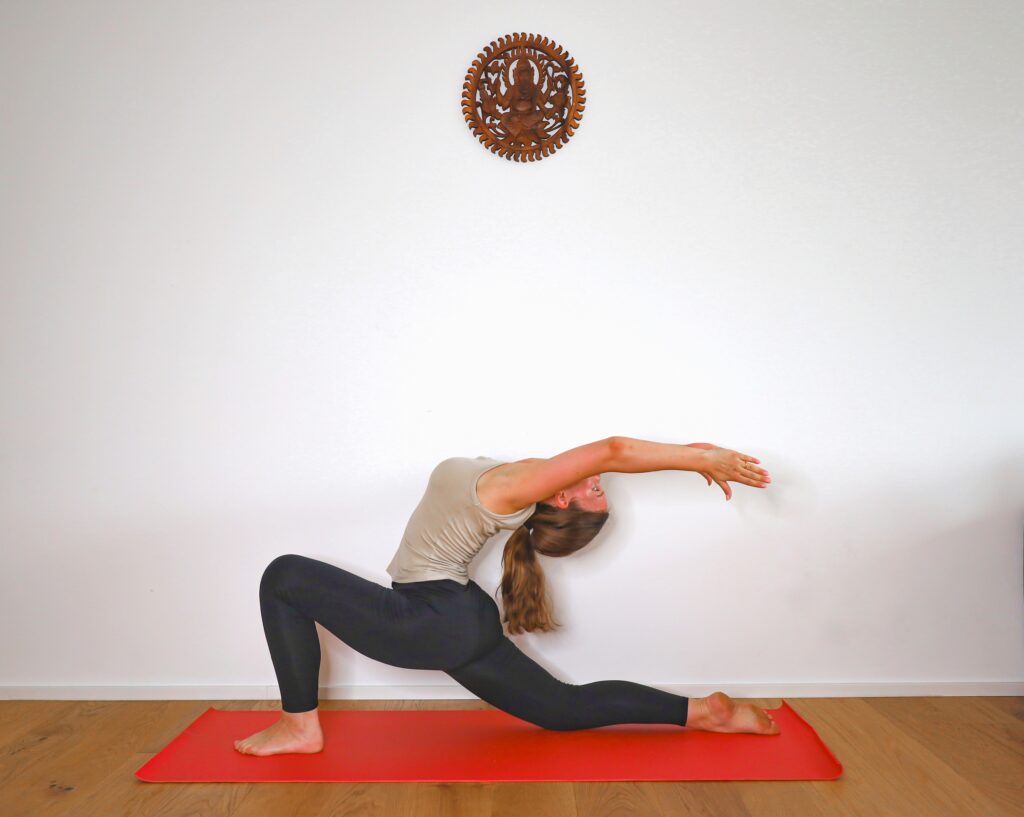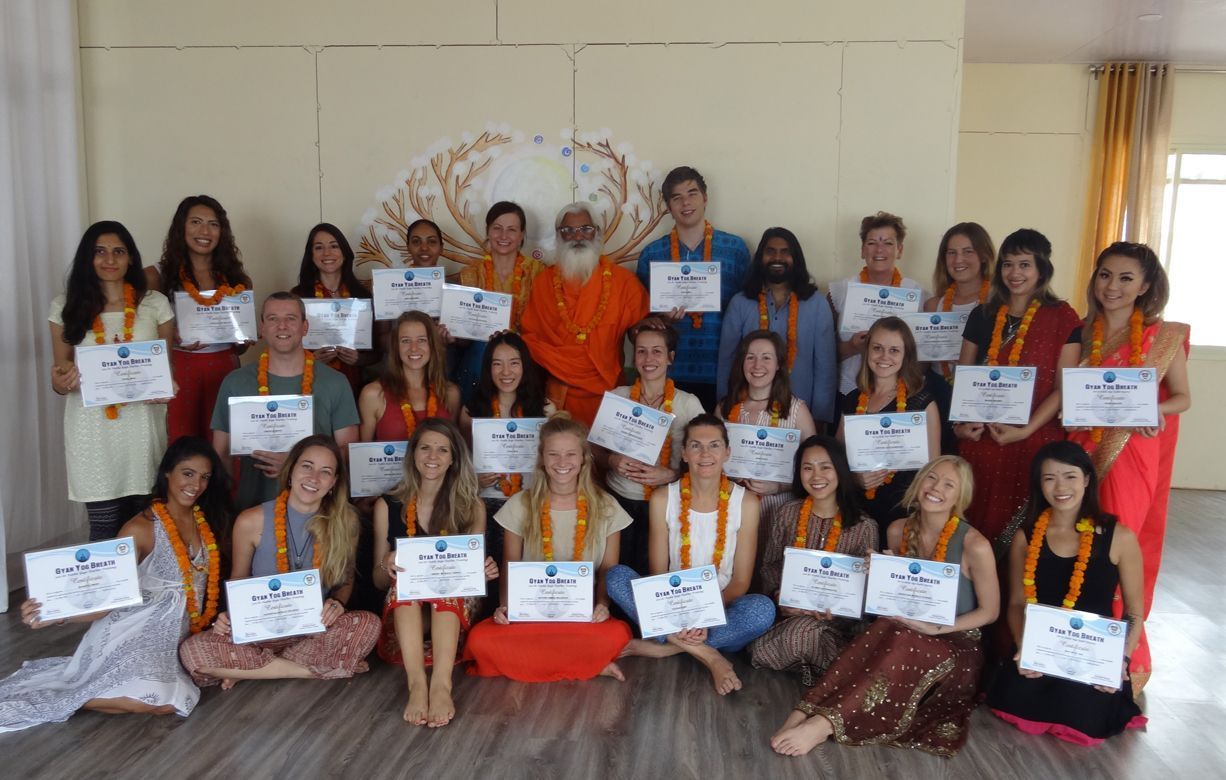Are you thinking of becoming a yoga instructor? You’re not alone. Yoga has become a popular practice worldwide, not just for its physical benefits but for its ability to foster mindfulness and inner peace. If you’ve ever felt drawn to share the transformative power of yoga with others, now might be the perfect time to start your journey. In this article, we’ll walk you through the steps on how to become a yoga instructor in 2024-2025, providing you with the essential information you need to begin your new career.

Understanding the Path to Becoming a Yoga Instructor
Becoming a yoga instructor involves more than just mastering poses. It’s about deepening your understanding of yoga’s philosophy, developing teaching skills, and learning how to guide others on their personal journeys. Here’s a step-by-step guide on how to become a yoga instructor and what you can expect along the way.
Step 1: Reflect on Your Motivation
Before you dive into the practical steps of becoming a yoga instructor, take some time to reflect on why you want to pursue this path. Are you passionate about yoga and eager to share its benefits with others? Do you want to help people lead healthier, more balanced lives? Understanding your motivation will keep you focused and inspired throughout your journey.
Step 2: Start Your Yoga Practice
If you haven’t already, immerse yourself in a regular yoga practice. This doesn’t just mean attending classes occasionally but committing to a consistent practice. A deep and ongoing practice will help you understand the nuances of yoga and prepare you for the challenges of teaching. It’s also a great way to connect with potential mentors and other aspiring instructors.
Step 3: Choose the Right Yoga Instructor Training Program
One of the crucial steps in how to become a yoga instructor is selecting the right yoga instructor training program. With so many options available, it’s essential to find a program that aligns with your goals and values. Here are some factors to consider when choosing a training program:
- Certification: Ensure that the program is accredited by a reputable organization, such as Yoga Alliance. This will ensure that your certification is recognized and respected globally.
- Curriculum: Look for a program that offers a comprehensive curriculum, including asana practice, anatomy, philosophy, and teaching methodology.
- Instructors: Research the background and experience of the instructors. Ideally, they should be experienced practitioners with a strong teaching background.
- Duration and Format: Decide whether you prefer an intensive program or a more extended course. Some programs are full-time and immersive, while others are part-time or offer weekend classes.
Step 4: Enroll in a 200 Hour Yoga Teacher Training
The standard entry-level certification for becoming a yoga instructor is the 200 hour Yoga Teacher Training (YTT). This training provides a solid foundation in teaching yoga and covers essential topics such as:
- Asana Practice: Understanding the fundamental poses and their alignment.
- Anatomy: Learning about the body’s structure and how to prevent injuries.
- Philosophy: Exploring the ethical and spiritual aspects of yoga.
- Teaching Techniques: Developing skills to effectively guide students and create a supportive class environment.
Step 5: Gain Practical Experience
Once you’ve completed your Yoga Teacher Training, the next step in how to become a yoga instructor is to gain practical teaching experience. This might involve:
- Teaching Classes: Start by teaching classes at local studios, gyms, or community centers. Offer to volunteer or assist experienced instructors to gain hands-on experience.
- Building Confidence: Practice teaching friends or family members to build your confidence and refine your teaching style.
- Seeking Feedback: Ask for constructive feedback from students and peers to improve your skills.
Step 6: Continue Your Education
Becoming a yoga instructor doesn’t stop with your initial certification. To stay current and continue growing in your role, consider pursuing additional training and certifications. Advanced courses, workshops, and specialty certifications can enhance your knowledge and expand your teaching repertoire.
Step 7: Create Your Brand and Market Yourself
As you start teaching more classes, it’s essential to establish your personal brand and market yourself effectively. Here’s how you can do it:
- Build a Website: Create a professional website to showcase your classes, share your philosophy, and connect with potential students.
- Utilize Social Media: Use platforms like Instagram, Facebook, and LinkedIn to promote your classes, share your journey, and engage with your community.
- Network: Attend yoga events, workshops, and local gatherings to connect with other instructors and potential students.
Step 8: Stay Inspired and Connected
The journey of becoming a yoga instructor is ongoing. To keep your practice and teaching fresh, stay inspired by:
- Attending Workshops: Participate in workshops and retreats to deepen your knowledge and skills.
- Joining Yoga Communities: Connect with other yoga instructors and practitioners to exchange ideas and support each other.
- Practicing Self-Care: Ensure you take time for your own practice and self-care to avoid burnout and maintain your passion for teaching.
Common Questions About Becoming a Yoga Instructor
Final Thoughts
Becoming a yoga instructor in 2024-2025 is a rewarding journey that combines personal growth with the opportunity to inspire others. By following these steps—reflecting on your motivation, committing to a consistent practice, selecting the right Yoga Teacher Training program, and gaining practical experience—you’ll be well on your way to starting a fulfilling career in yoga.
Remember, the path to becoming a yoga instructor is not just about learning how to teach yoga; it’s about embodying the principles of yoga in your own life and sharing that wisdom with others. Stay dedicated, keep learning, and embrace the journey with an open heart.
If you’re ready to take the next step, start researching Yoga Instructor Training programs and take that first step toward a rewarding new career. Namaste!







